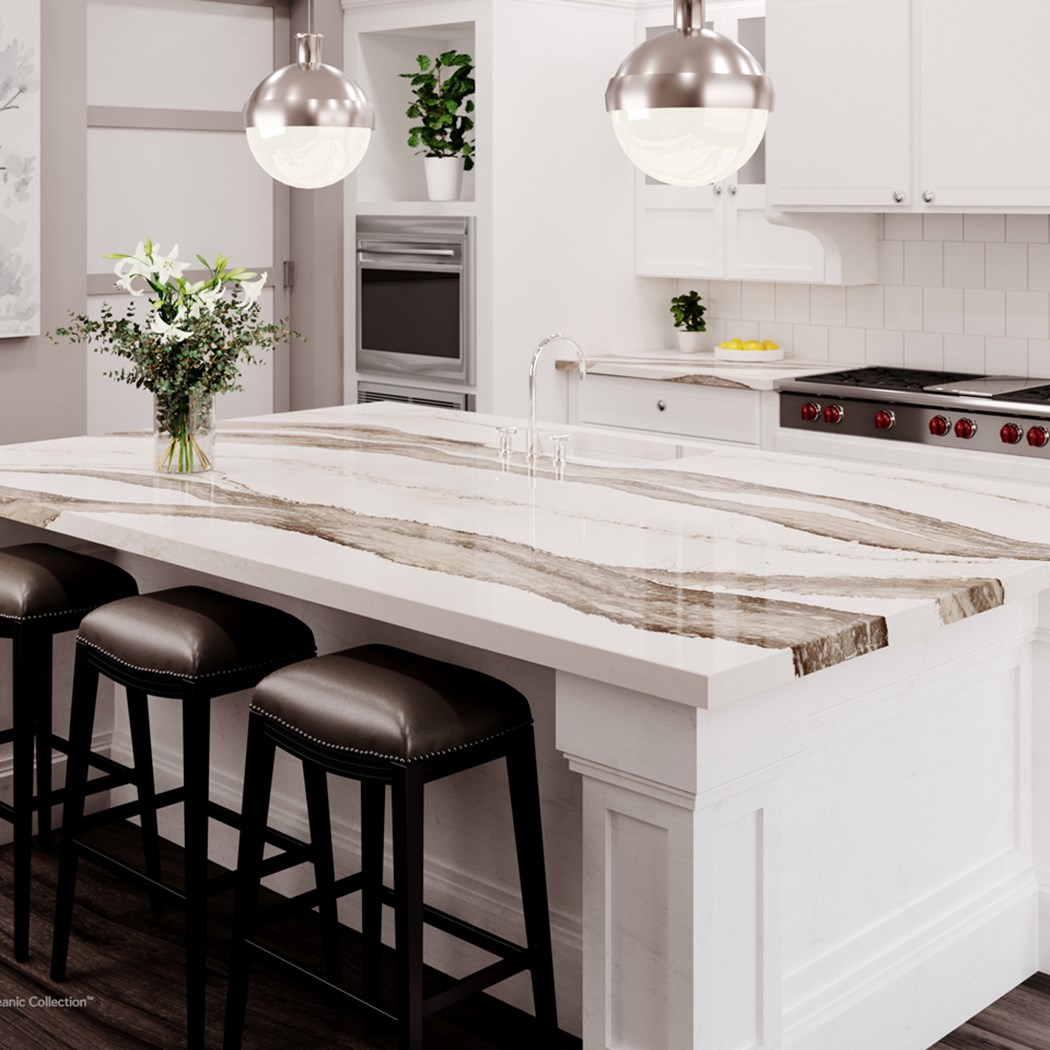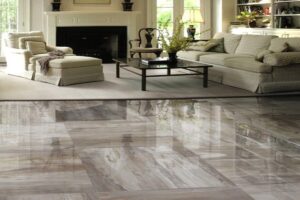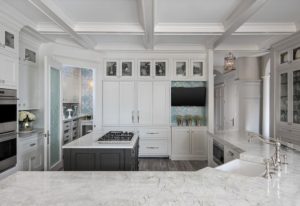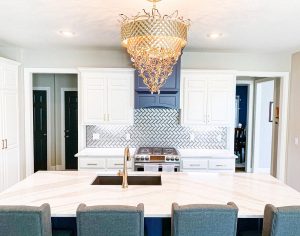You have your cabinets and countertops, the appliances are in place and you have selected the color scheme for your kitchen – everything’s going great, right? While you may be thinking “so far, so good,” there is a crucial element you may have forgotten about – texture.
When you are remodeling or updating your kitchen, there are more than a few things to think about. Remember, though, it’s these small details that can make a huge impact. One small detail that is often overlooked is texture.
Why Texture is So Important in Your Kitchen Design
If you aren’t careful, you may wind up with a kitchen full of shiny and smooth features and no texture to balance everything out. Even a modern kitchen design, which is known for the streamlined and sleek appearance, may wind up looking flat if you don’t find a way to “mix things up.”
With texture, you can ad a sense of interest and depth to the space. This is especially important if you have a design palette that is monochromatic. Some ides to help you add a bit of texture to your newly designed or remodeled kitchen can be found here.
- Mix Up the Elements
This is a literal statement. There is a huge selection of manufactured and natural elements you can use in your design, for example, glass, metal, stone, wood, etc. Consider using a combination of these in your kitchen to provide an instant “surface lift.” You may be surprised at how well a simple brick accent wall can add to your beautiful wood floors and smooth countertops.
- Implement Patterns
Even if you have patterns that are created from tiles with a similar finish, these can still provide the visual impression of texture, dimension, and relief. While the tiles may be shiny and smooth, just like your countertops, appliances, and cabinets, by using a smaller tile, and a multi-colored pattern, you can create the impression of texture with your patterns.
- Consider Glazed or Distressed Finishes
Anytime you are able to ad a glaze or distressed finish to your cabinets, you care going to gain instant textural appeal. Installing distressed cabinets are a more exaggerated example of this. Thanks to the heavy brush strokes and varying colors, you achieve an almost faux wood appearance. Even a gentle glaze can help to add some detail and texture.
- The Devil’s in the Details
Are you planning a more traditional kitchen design? If so, the texture you create is all in the small details. This means putting lighting fixtures in the right areas and choosing complementing cabinet pulls and knobs throughout the space.
If you need help ensuring you get the right amount and type of texture into your newly designed or updated kitchen, then be sure to reach out to the pros. They can help you get the look and style you want and need for your kitchen to make it not only functional, but also aesthetically pleasing.










